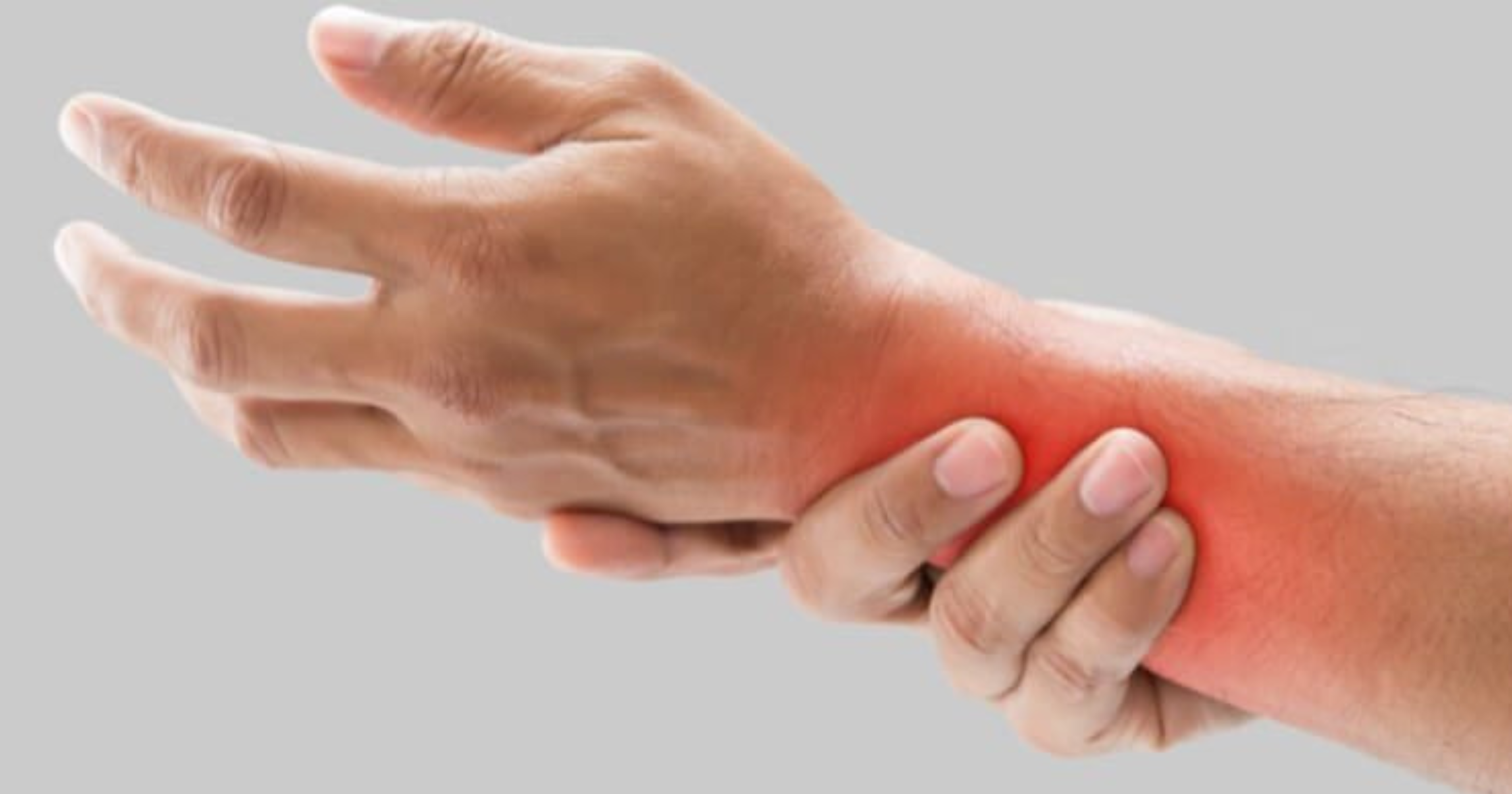Common Forearm Problems and Complications
1. Forearm Fractures
Forearm fractures are common injuries that occur due to falls,
direct trauma, or sports-related activities. They typically
involve the radius, ulna, or both bones.
Symptoms: Intense pain, swelling, bruising, and
difficulty moving the wrist or elbow.
Treatment: Treatment may involve casting,
splinting, or surgical intervention to realign the bones. For expert
forearm fracture treatment, consult Dr. Darshan Bafna, an
experienced orthopedic surgeon in Mumbai.
2. Forearm Tendonitis
Tendonitis occurs when the tendons in the forearm become irritated
or inflamed, usually due to overuse or repetitive motions, such as
typing or playing sports.
Symptoms: Pain, tenderness, and weakness in the
forearm, particularly when gripping or lifting objects.
Treatment: Rest, ice, anti-inflammatory
medications, and physical therapy. In severe cases, corticosteroid
injections may be required.
3. Carpal Tunnel Syndrome
Although it primarily affects the wrist, carpal tunnel syndrome
can cause symptoms in the forearm due to compression of the
median nerve, which runs through the forearm into the hand.
Symptoms: Numbness, tingling, and pain in the
forearm, wrist, and hand, often worsening at night.
Treatment: Splinting, wrist exercises, and
anti-inflammatory medications. In severe cases, surgery may be
recommended to relieve nerve pressure.
4. Golfer’s Elbow
Medically known as medial epicondylitis, golfer’s elbow occurs
when the tendons on the inside of the forearm become inflamed,
often due to repetitive wrist and finger motions.
Symptoms: Pain and tenderness on the inside of
the forearm near the elbow, weakness in grip strength, and
stiffness.
Treatment: Rest, ice, physical therapy, and
anti-inflammatory medications. Severe cases may require
corticosteroid injections or surgery.
Read More



